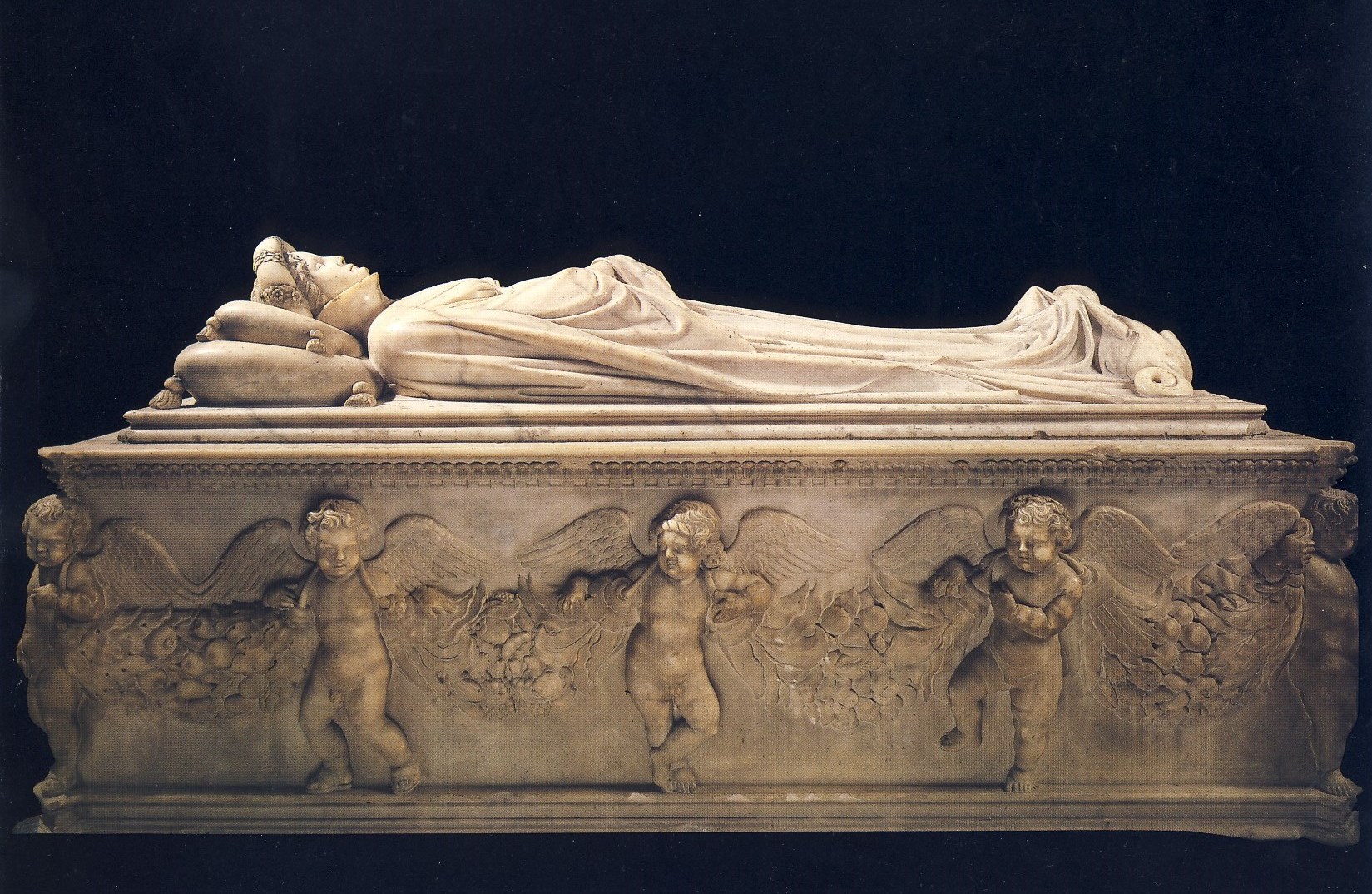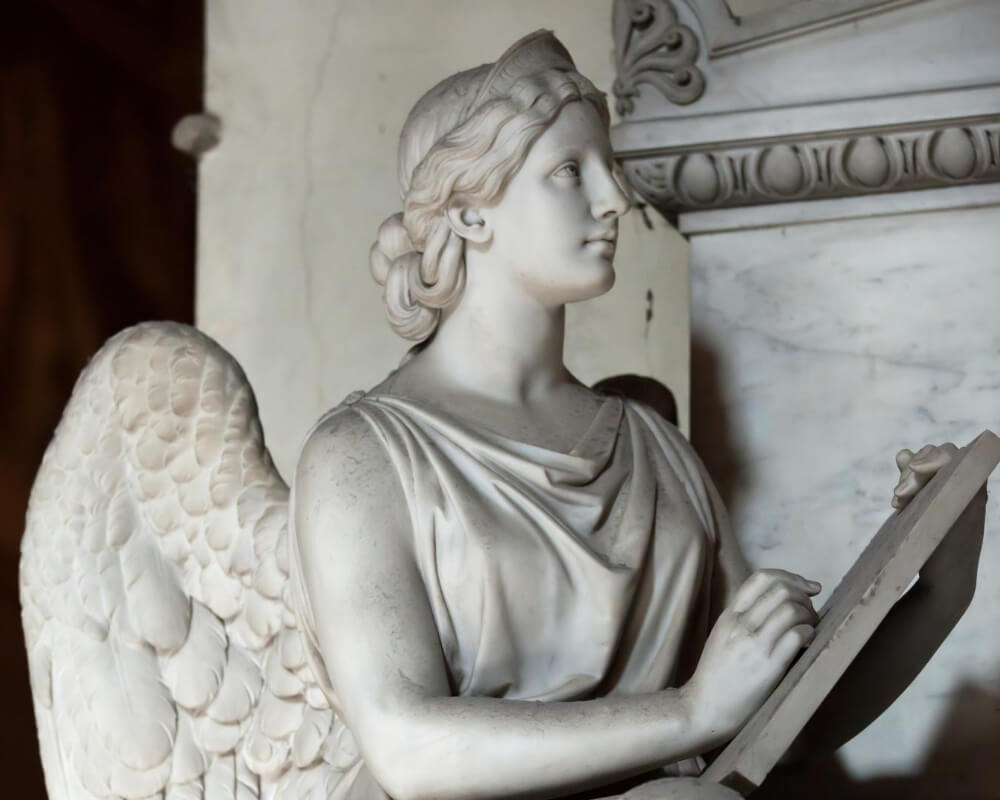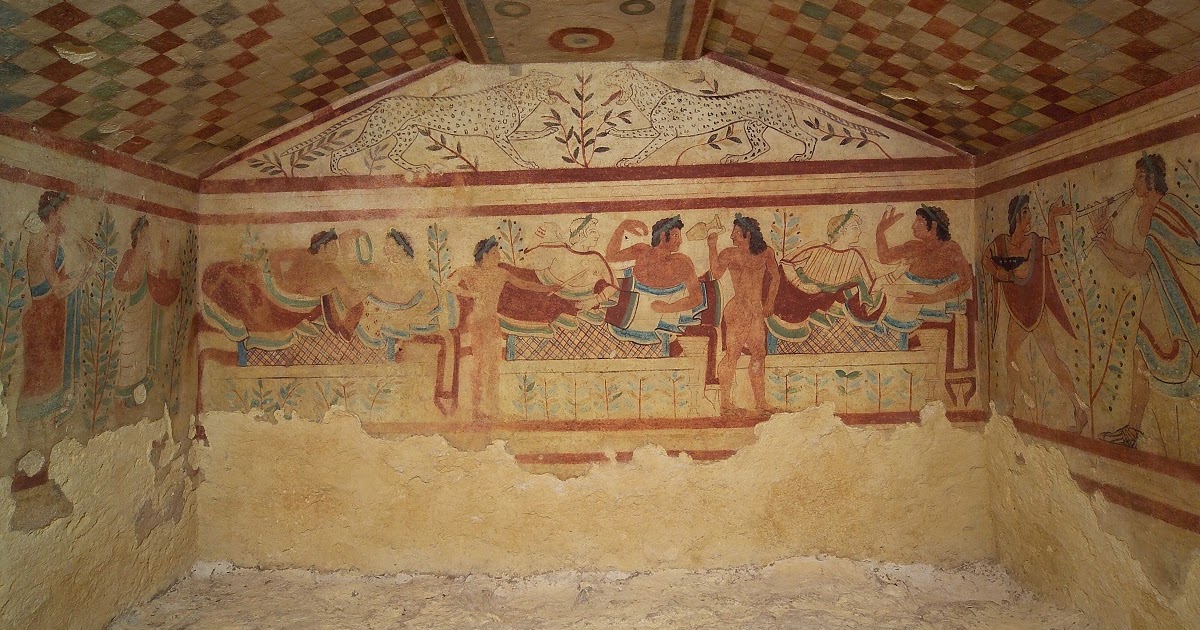Funeral art, often underestimated, plays a crucial role in the process of commemorating and honoring the deceased. Through the use of artistic forms, such as sculptures, paintings, stained glass, monuments and other decorative objects; it conveys a powerful message of respect, celebration and remembrance.

Monuments and headstones, for example, are often decorated with inscriptions, symbols or portraits that offer a snapshot of the deceased’s life and personality. These artistic elements allow visitors to connect with the person’s history and contribution, keeping his or her memory alive over time.

Funeral art also provides a means of expressing the identity and faith of the deceased and their families. Sculptures and artwork may represent religious symbols, cultural rituals or iconographic elements that reflect the spirituality and beliefs of the deceased. This artistic expression allows the spiritual and cultural legacy of the deceased to be made tangible and communicated to future generations.

In conclusion, funeral art plays an important role in the process of grieving and processing loss. The artistic works in the funeral spaces create an atmosphere of solemnity and contemplation, providing a place of reflection and solace for those visiting the grave or attending the funeral ceremonies. The aesthetics and beauty of funeral art can help ease grief and help people find a sense of peace and serenity.
Prima Bottega, stimulated by all this, presents the backdrop of the Affresco line dedicated to one of the most important works of the Italian Renaissance. The Creation of Adam by Michelangelo Buonarroti.